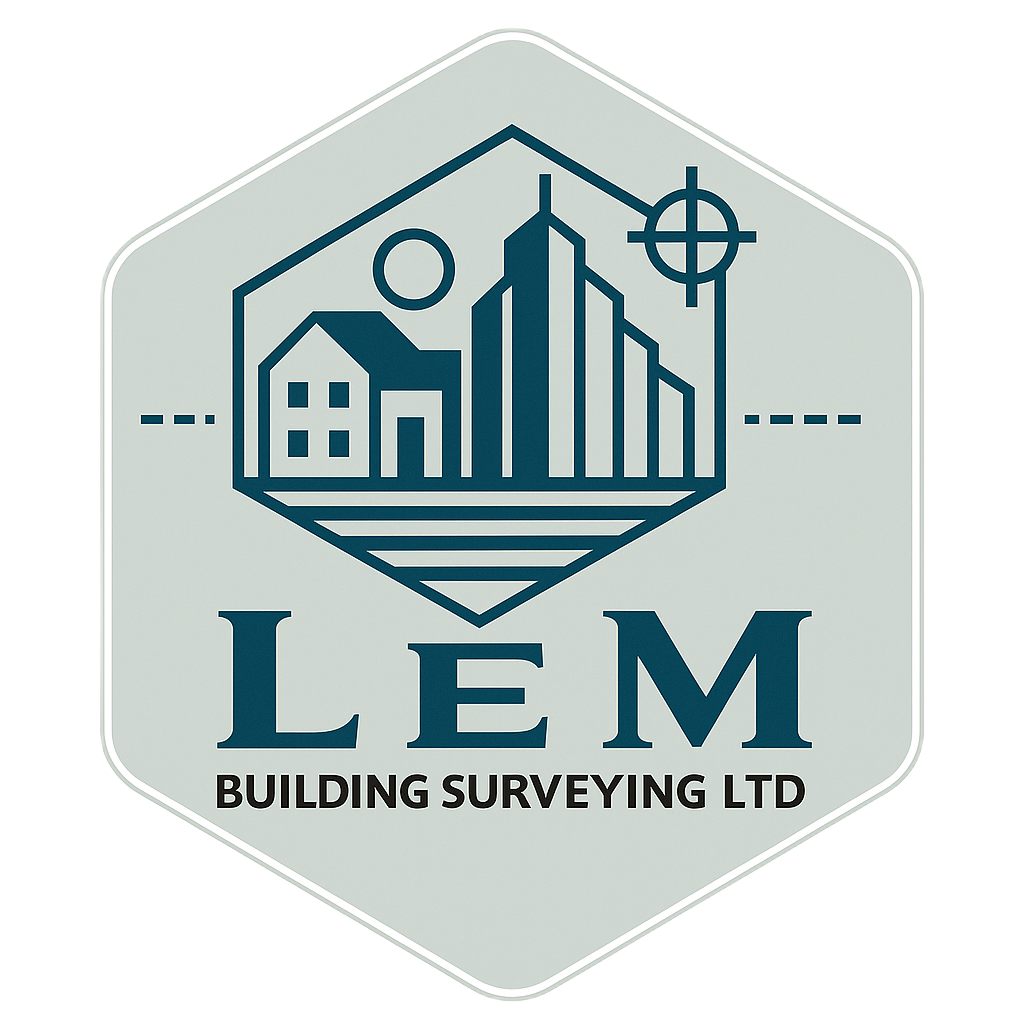Level 2 vs Level 3 Survey: How to Decide with Confidence
Use this comparison guide to match the right RICS survey level to your property, budget and risk tolerance.
Request a Survey QuoteLevel 2 vs Level 3 at a Glance
| Survey Element | Level 2 HomeBuyer Survey | Level 3 Building Survey |
|---|---|---|
| Best for | Modern, conventional homes in reasonable condition | Older, extended, non-standard or clearly altered properties |
| Inspection depth | Visual assessment of accessible elements, traffic-light ratings | Comprehensive fabric review, including structure, materials and hidden risks |
| Advice included | Immediate defects, maintenance tips, reinstatement estimates where appropriate | Cause analysis, repair priorities, long-term maintenance plans and refurbishment considerations |
| Typical turnaround | 3–5 working days | 5–7 working days |
| Investment | Lower fee, shorter on-site time | Higher fee, longer inspection and detailed reporting |
When a Level 2 HomeBuyer Survey is the Right Choice
A Level 2 inspection is ideal when the property is relatively new, appears well maintained and uses standard construction methods. It answers the essential questions buyers have before exchange:
- Clarity on urgent defects: Highlights any significant issues that require immediate attention.
- Maintenance roadmap: Flags medium-term upkeep so you can budget for the future.
- Easy-to-read reporting: Colour-coded ratings support swift negotiations with the seller or agent.
- Efficient process: Faster site visits and delivery keep your purchase moving.
It is perfect for most post-war homes, flats in purpose-built blocks, and newer properties without major alterations.
When to Invest in a Level 3 Building Survey
Choose the Level 3 Building Survey if there is any doubt about the structural integrity, history or future use of the home. Typical scenarios include:
- Period properties with original timber frames, stone walls or solid floors.
- Homes that have been extended, converted or significantly altered.
- Buildings showing cracking, movement, dampness or roof failures.
- Projects where you plan to remodel, remove walls or extend after purchase.
The Level 3 survey is preventative as much as it is diagnostic. It delivers tailored advice so you can negotiate confidently, plan remedial work and avoid unexpected costs.
Inspection Detail and Report Deliverables
Both surveys follow the RICS Home Survey Standard, yet the reporting depth differs:
- Site time: Level 2 inspections usually take 2–3 hours, whereas Level 3 appointments can take most of the day.
- Report structure: Level 2 reports summarise findings by element. Level 3 reports delve into causes, consequences and repair strategies for each issue.
- Supporting evidence: Level 3 includes more photographs, technical commentary and maintenance planning.
- Follow-up support: We provide personalised aftercare for both survey types, but Level 3 clients often need additional discussion around renovation plans.
Costs, Timelines and Value for Money
Budget is an important part of the decision, yet it should be weighed against risk:
- Level 2 fees: Generally suited to straightforward transactions where the risk of hidden defects is low.
- Level 3 fees: Reflect the increased site time and expertise required; they often pay for themselves by exposing costly repair liabilities early.
- Turnaround: Reports are prioritised so you can keep your conveyancing process moving.
If you are unsure which way to go, share the property details with us. We will review the listing, age, construction type and any available documentation to recommend the correct level before you commit.
Quick Decision Framework
- Gather the basics: Property age, construction type, visible issues, planned works.
- Assess complexity: Extensions, loft conversions, previous subsidence or damp problems increase survey level requirements.
- Consider your plans: Major renovation or structural changes benefit from Level 3 detail.
- Balance risk and budget: Spending slightly more now can prevent four or five-figure surprises after completion.
- Speak to a surveyor: A quick call with Liam can confirm the right route.
Need Personal Advice Before You Book?
Call 07378 732 037 or request a quote online. We will outline the survey level that best protects your purchase.
Get My RecommendationFAQs on Level 2 vs Level 3 Surveys
Will a Level 2 survey include cost estimates for repairs?
Level 2 reports highlight issues and urgency but do not routinely provide detailed costings. Level 3 surveys explain likely repair approaches and can signpost typical costs so you can budget more accurately.
Do either surveys check for damp and timber decay?
Both surveys take moisture readings where accessible. If we suspect a specific damp or timber issue, we may recommend a dedicated damp & timber report for laboratory-grade testing.
Will the surveyor go into the loft or underfloor voids?
Level 2 includes a visual inspection of accessible loft spaces. Level 3 allows for a more exhaustive review, including sub-floor areas where safe and accessible.
Can a mortgage lender insist on a particular survey level?
Lenders typically rely on their valuation. Your independent survey is for your peace of mind. We advise booking the level that gives you the evidence required to make confident decisions and negotiate effectively.
What if the property is vacant or part-renovated?
Level 3 is usually the safest choice for vacant, part-renovated or repossessed properties. It provides the forensic detail needed to understand what remedial work has been completed and what remains outstanding.
